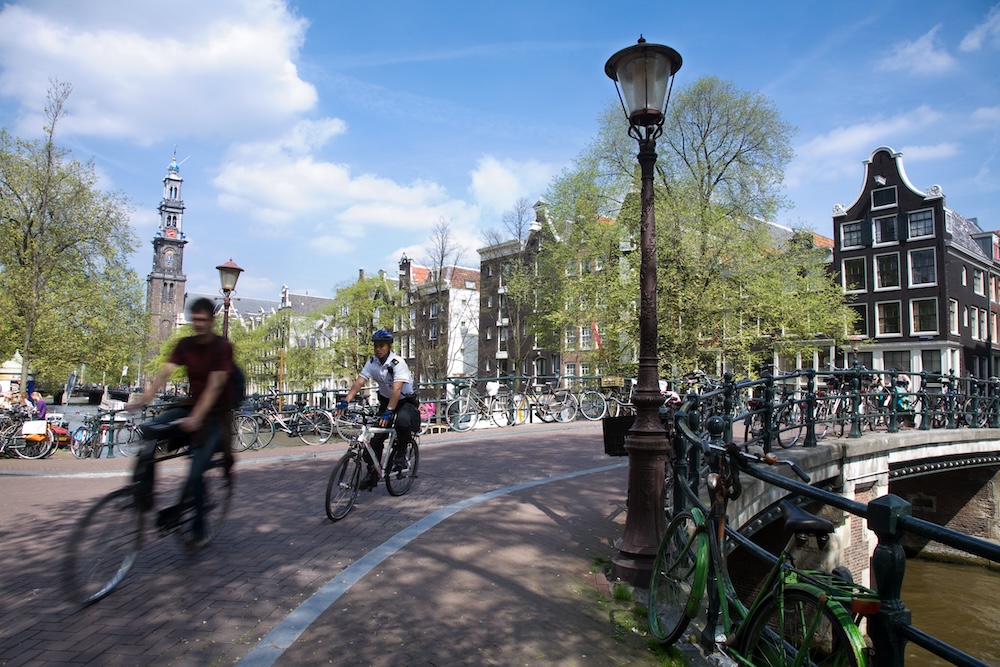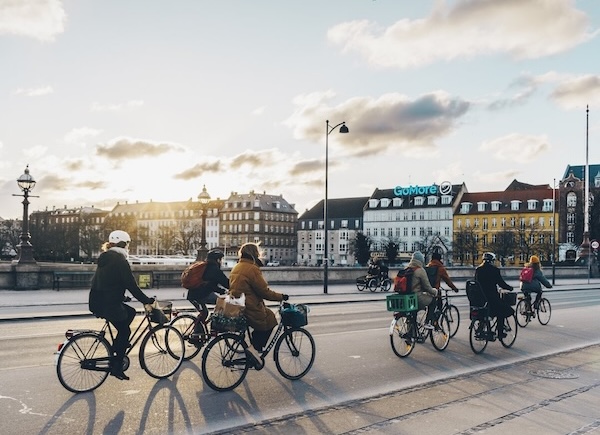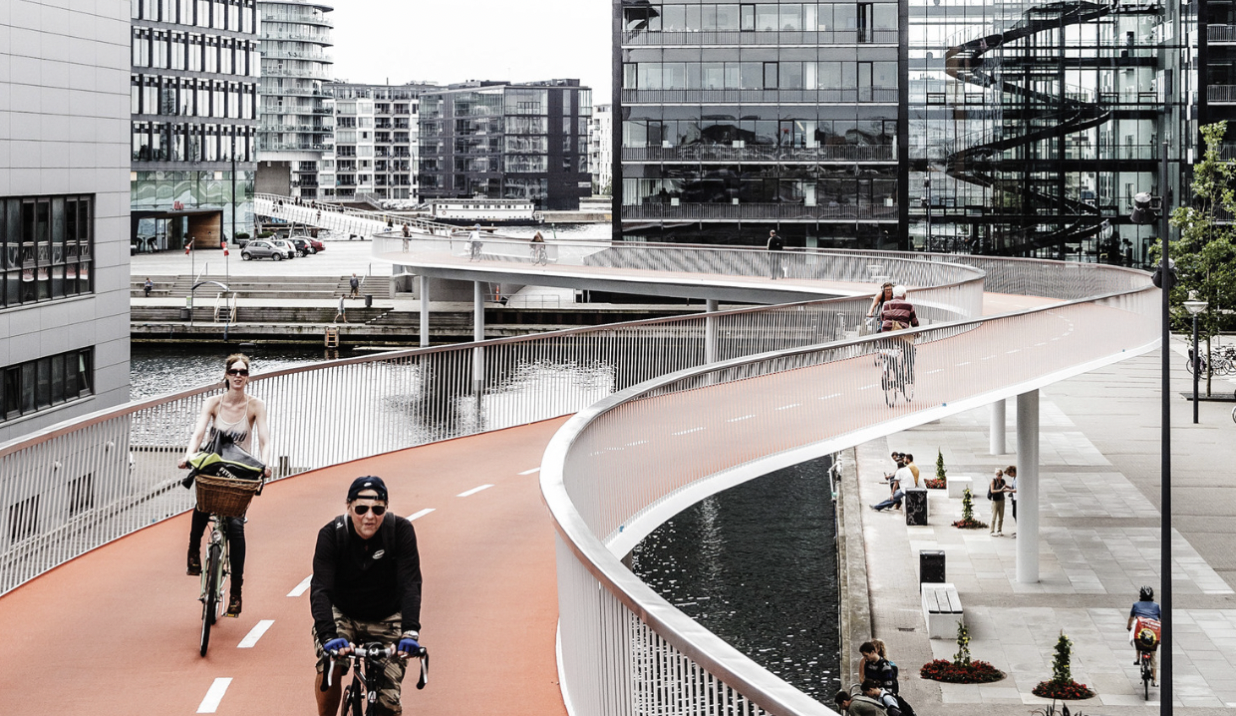Different countries around the world have varying levels of support for biking infrastructure. While in most countries, gas-powered vehicles such as cars form the majority of transportation, a few countries in particular have been particularly forward in implementing support for bikers on the road. From these countries, we can draw inspiration in incorporating similar infrastructure in our own communities.

By © Jorge Royan / http://www.royan.com.ar, CC BY-SA 3.0, https://commons.wikimedia.org/w/index.php?curid=15179200
Amsterdam: Make biking the default for transportation
One of the most bike-friendly cities in the world is Amsterdam, in the Netherlands. With over 35,000 kilometers of cycling paths, the Dutch encourage individuals to adopt biking as their default mode of transportation, so as to combat the effects of climate change that are causing the city to slowly sink. To incentivize this transition, the government has prioritized biker safety and convenience in the form of infrastructural elements such as wide bike lanes, ample bike parking, and biking priority signals.The changes Amsterdam made make it safer for bikers to navigate the roads without fear. This unparalleled infrastructure has allowed the Dutch to reduce bicycling accidents by nearly 80% per billion kilometers over a span of 30 years (Schepers et al., 2017)!
From the perspective of urban planning, it’s clear that this initiative to make biking a default mode of transportation was more than just an afterthought – it was intentional from the beginning, with aspects of the city carefully crafted to reach this goal. In Cupertino, we can implement similar strategies that make individuals more likely to bike than drive. In addition, encouraging students to bike from a young age can help normalize biking as primary transportation from a young age, fostering a generational push towards biking.
Denmark: Focus on bike lane connectivity
Another nation that fosters advanced biking infrastructure is Denmark. Its capital, Copenhagen, is an especially apt example. Focusing on connectivity of bike lanes, the city boasts over 390 kilometers of designated bike lanes. It also features Cycle Super Highways that facilitate quick and direct travel between key points in the city. This approach has helped contribute to the 40% of all commutes in Copenhagen being made by bikes every day (Schepers et al., 2017).

Photo courtesy of Visit Denamark, https://www.visitdenmark.com/denmark/things-do/cycling
There are several infrastructural aspects that are common to the two countries, with the most key ones being significantly more (and strategically placed) bike lanes across the city. Both cities increase biker safety through biker-specific traffic signals, road signs, and parking.
Doesn’t this look like fun?

These cities have looked forward into the future and are enjoying the benefits now. They demonstrate that there are many biker-centric infrastructure changes we can make to our cities. In prioritizing safety, connectivity, and integration of cycling into urban planning, we make greater strides in incentivizing individuals to take on biking as a default mode of transportation!
References:
P. Schepers, D. Twisk, E. Fishman, A. Fyhri, A. Jensen. (2017). The Dutch road to a high level of cycling safety. Journal of Safety Science. Volume 92, February 2017, Pages 264-273.
